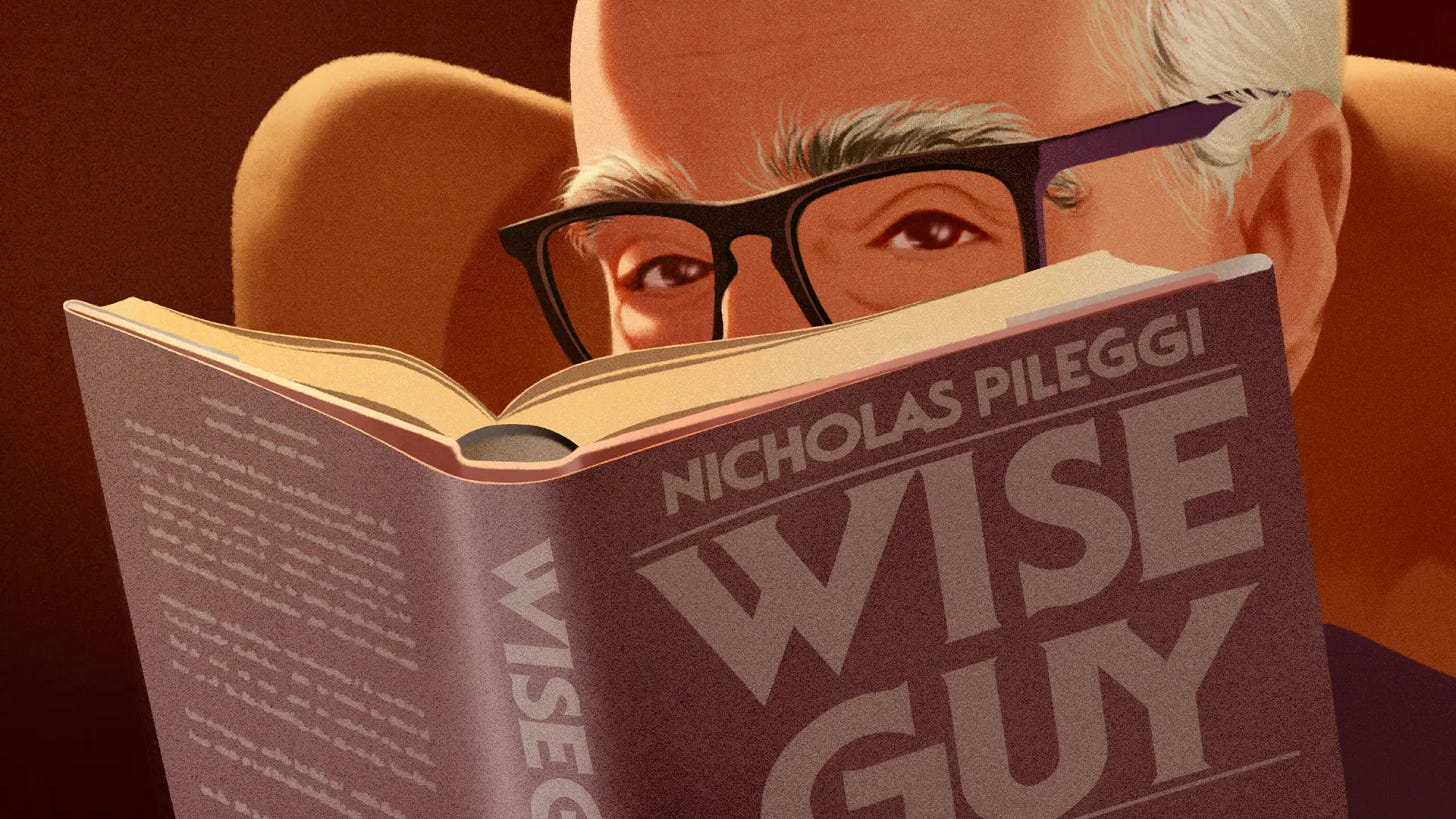From Page to Screen: Martin Scorsese’s Art of Adaptation
List of Books Transformed into Cinema by Scorsese
Welcome to Vintage Cafe, a reader-supported newsletter exploring music, film, books, art, travel, and coffee. By subscribing for just $6 a month, you support independent writing and unlock exclusive content.
Martin Scorsese, one of Hollywood’s most respected directors, has built a career by bringing stories from the page to the screen with remarkable depth and creativity. Over his decades-long career, Scorsese has often turned to novels, memoirs, and non-fiction works as the foundation for his films. His adaptations stand out not just for their faithfulness to the source material but for how he transforms these stories into cinematic experiences that are distinctly his own.
What makes Scorsese’s adaptations so compelling is his ability to balance respect for the original material with his unique creative vision. Rather than simply transferring a book to the screen, he reimagines it, shaping the story in ways that suit the medium of film while staying true to its spirit. Whether exploring the complexities of organized crime in Goodfellas or the inner struggles of faith in Silence, his films retain the essence of their source material while standing on their own as powerful works of art.
Adapting a book into a film is no small task, but Scorsese approaches it with thoughtfulness and creativity. He takes the heart of a story and enhances it, using the film’s visual and emotional power to bring it to life in new ways.
1. The Age of Innocence by Edith Wharton'
Keep reading with a 7-day free trial
Subscribe to Vintage Cafe to keep reading this post and get 7 days of free access to the full post archives.







